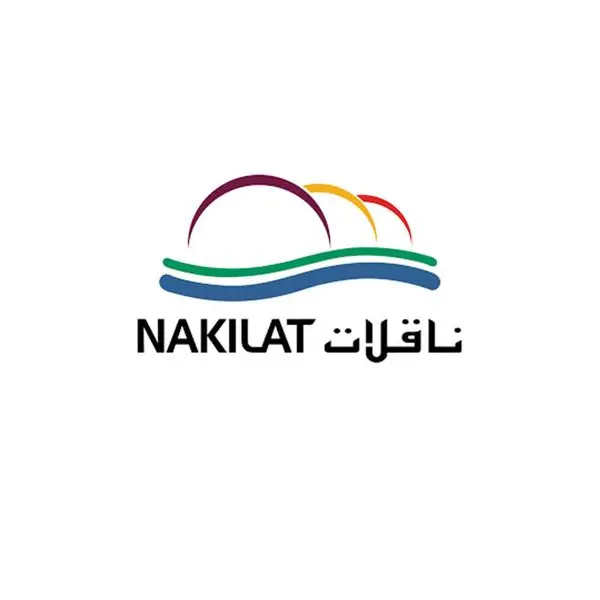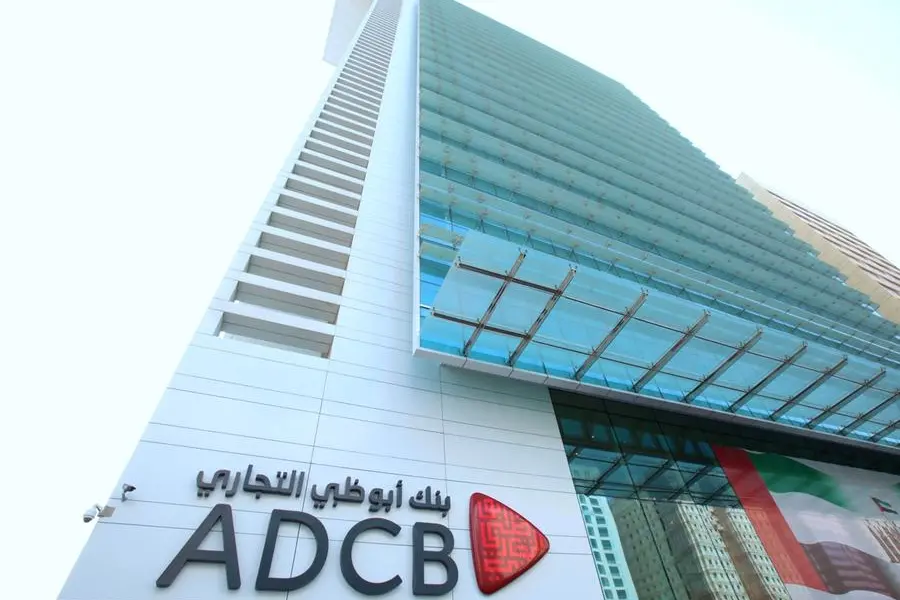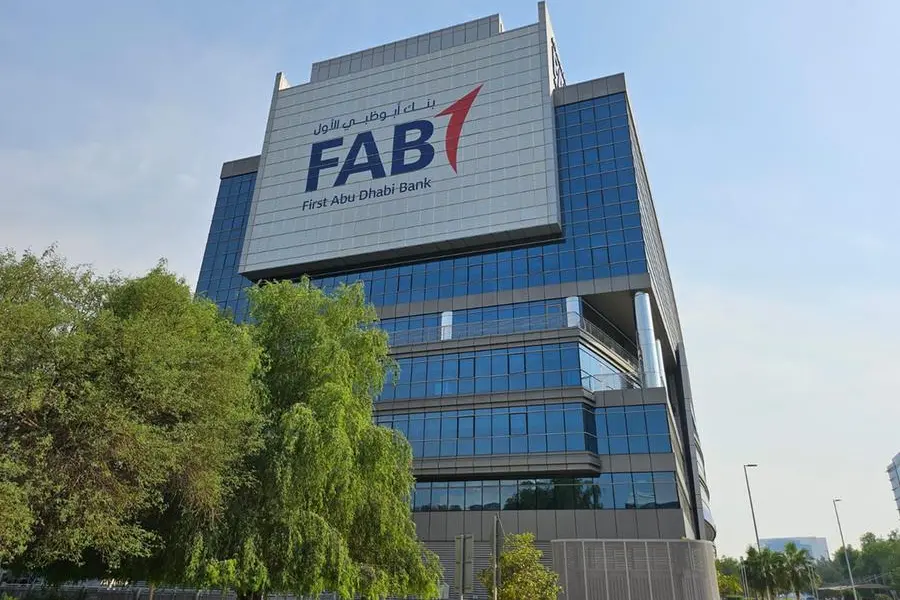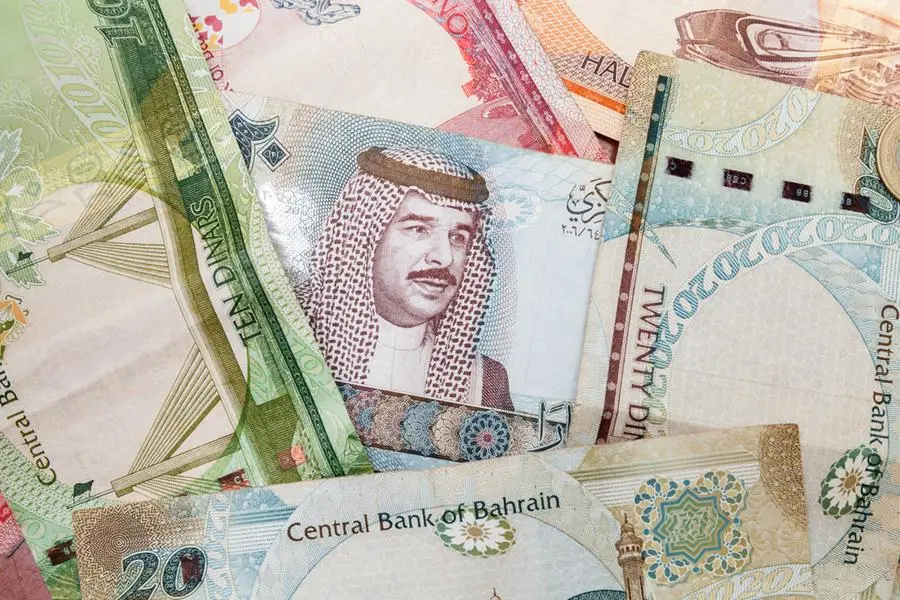PHOTO
Image used for illustrative purpose. Dubai Marina skyline.
Growth in the UAE banking sector's loan exposure to the real estate sector nearly halved to 8.5 per cent last year, compared to 18.1 per cent in the previous year, due to a persistent decline in property prices as well as a reduction in the number of project launches.
According to the UAE Central Bank's Financial Stability Report 2018, the outstanding balance of real estate loans amounted to Dh379 billion at the end of 2018, which was slightly above 20 per cent of total loans. Bank lending to the real estate sector (including both residential and commercial real estate) grew at 18.1 per cent in 2017 as against 10.3 per cent in 2016.
"The asset quality of the commercial and residential real estate loans remained stable during 2018, while it deteriorated for the construction sector," the report said.
Kamal Al Ansari, head of debt advisory services at JLL Mena, said that the UAE bank loan exposure to the real estate sector grew at a more moderate pace during 2018 due to fewer new real estate projects being launched in the country. Developers launched 25 per cent fewer projects in 2018 than in 2017.
"In addition, investor sentiment is currently low due to a sluggish real estate market, with investors putting their decision to purchase on hold, expecting the market to drop further. This, in turn, is reducing the number of investors looking for loans, eventually impacting banks' exposure to real estate," Al Ansari added.
Late last year, the Central Bank announced its decision to remove the 20 per cent cap on real estate loans, in line with the UAE government's vision to remove certain road-blocks to stimulate the overall economic growth.
"We see this as an opportunity as removing the cap will encourage banks to lend seamlessly and help in overcoming challenges presented by the current real estate market. It will also enable lenders to deploy additional capital to new and existing customers," Al Ansari added.
Dr. Adnan Chilwan, CEO of Dubai Islamic Bank (DIB), ruled out pressure on the Shariah-compliant bank's real estate portfolio during a webcast last week.
"Over the last five years or so, we have managed our real estate book very well. We are not heavily focused on [real estate] so the book has reduced to 19 per cent at the end of last year. We are close to 20 per cent in the first six months of 2019 and each of these loans in the real estate portfolio are performing well... Whatever happened about softening of real estate over the last 24 months, we have not seen any impact on our books. But in certain cases the cash needs to be reassessed and make sure that they match repayment capacity," Chilwan said.
He said DIB's real estate portfolio is pretty healthy despite certain softening. "In a nutshell, we are not seeing any early signs of warning as far as our real estate portfolio is concerned."
Firas Al Msaddi, CEO and executive chairman of Fm Properties, said that the vast majority of people feel that if the banks are cautious, then they have to be more cautious.
"It definitely creates a level of uncertainty in the market, in the sense that the banks do their homework very well and if banks are reducing exposure that means we have to think twice now before entering the market. Of course, as a result of impacting the purchase power, the demand, it always results in a slower trend of market transactions," Al Msaddi said.
"On the good side, we cannot undermine the fact that it's good that banks are cautious and it is good that the banks are not overly exposed to the real estate. Because at the end of the day, when they have over exposure on their balance sheet for real estate, then if anything happens, if there is any slowdown that will magnify the problem in the market," he added.
According to Central Bank data, the growth of residential mortgage loans remained strong at 9.2 per cent during the year. Among other sectors, retail lending remained stagnant during 2018 declining by 0.1 per cent, while personal loans declined 1.0 per cent, credit card loans fell 0.6 per cent and car loans plunged 13.4 per cent.
The wholesale corporate lending portfolio combines bank lending to the private corporate sector, government related corporate entities (GREs), small and medium enterprises (SMEs), and high-net-worth individuals (HNIs). Bank lending to private corporate sector was the most dynamic within wholesale lending throughout 2018 growing by 10.2 per cent. Conversely, lending to the GREs and SMEs contracted 3.2 per cent and 2.6 per cent, respectively.
Copyright © 2019 Khaleej Times. All Rights Reserved. Provided by SyndiGate Media Inc. (Syndigate.info).






















